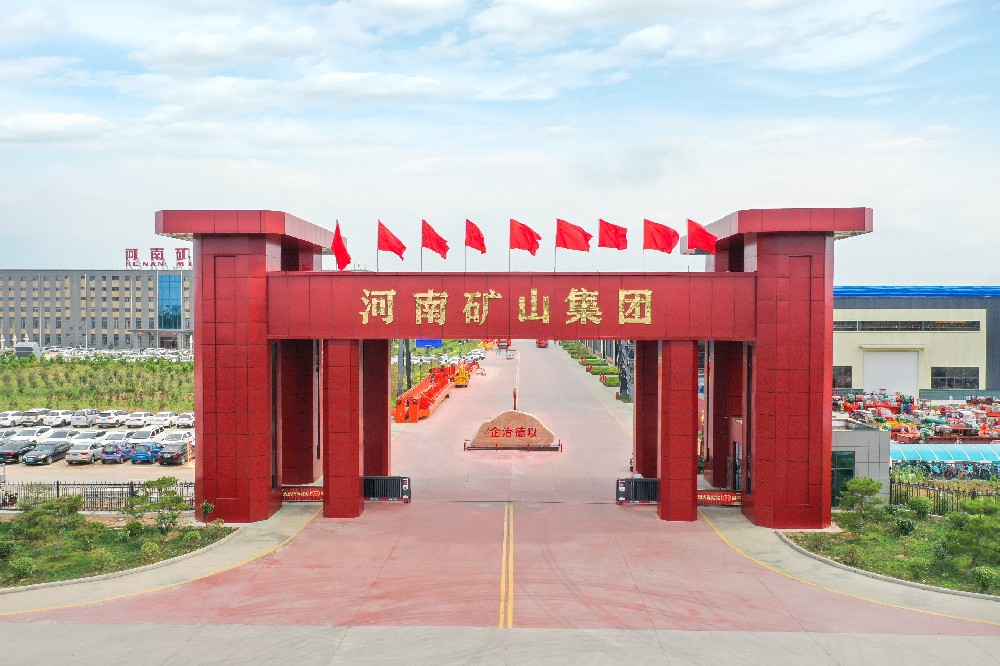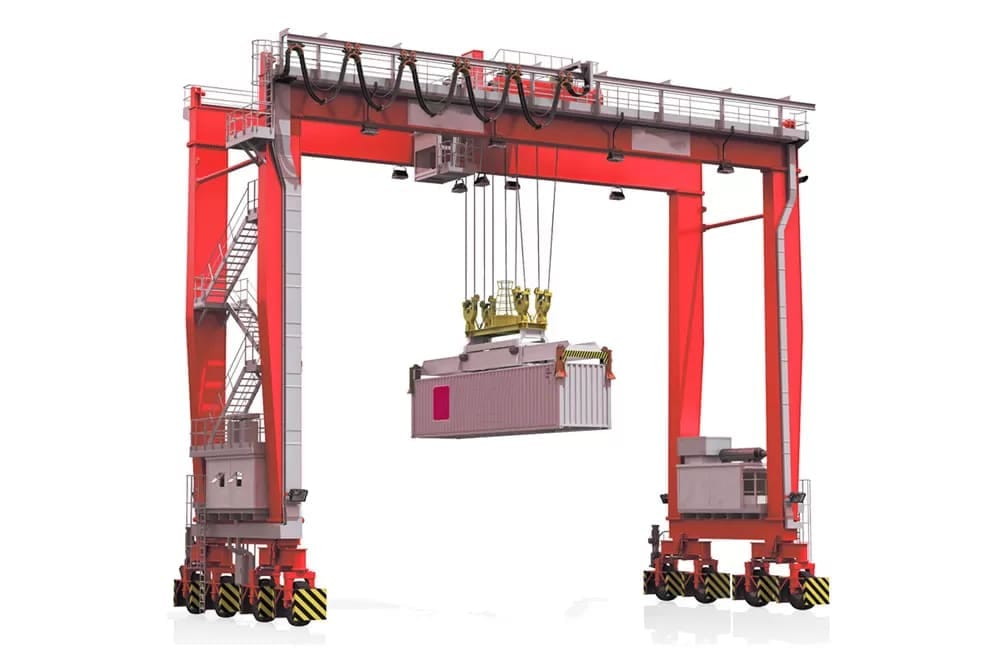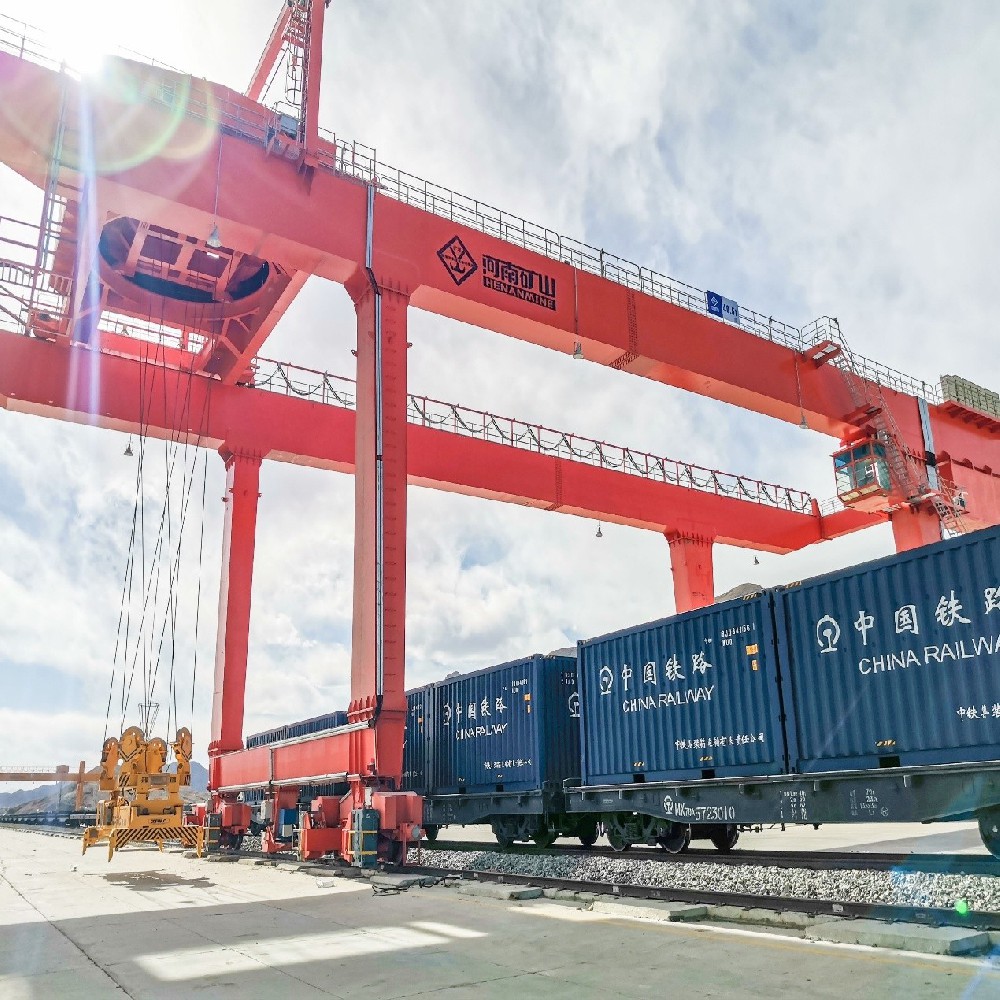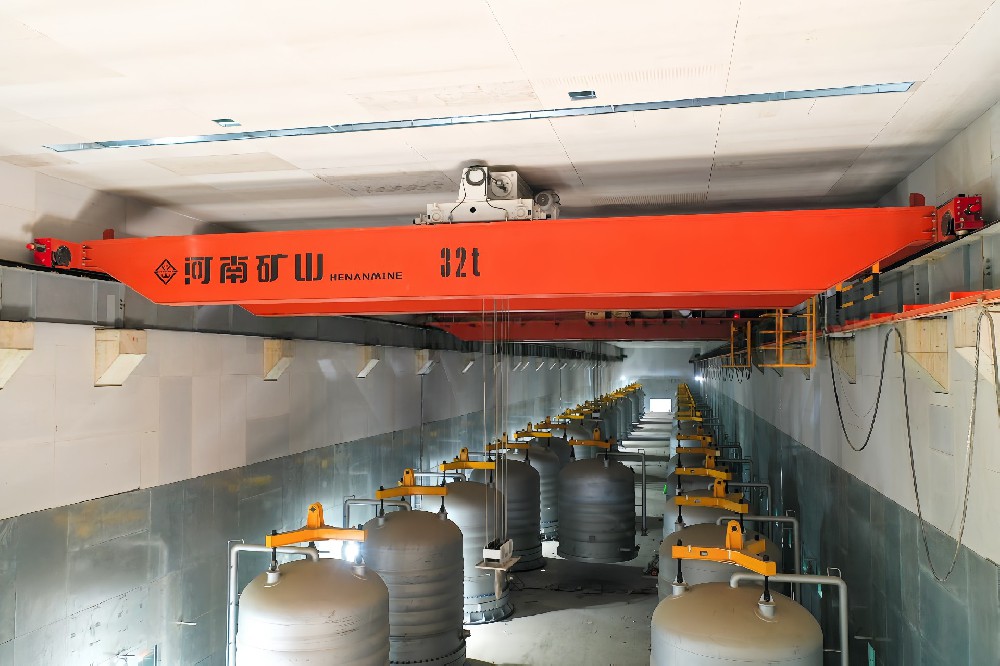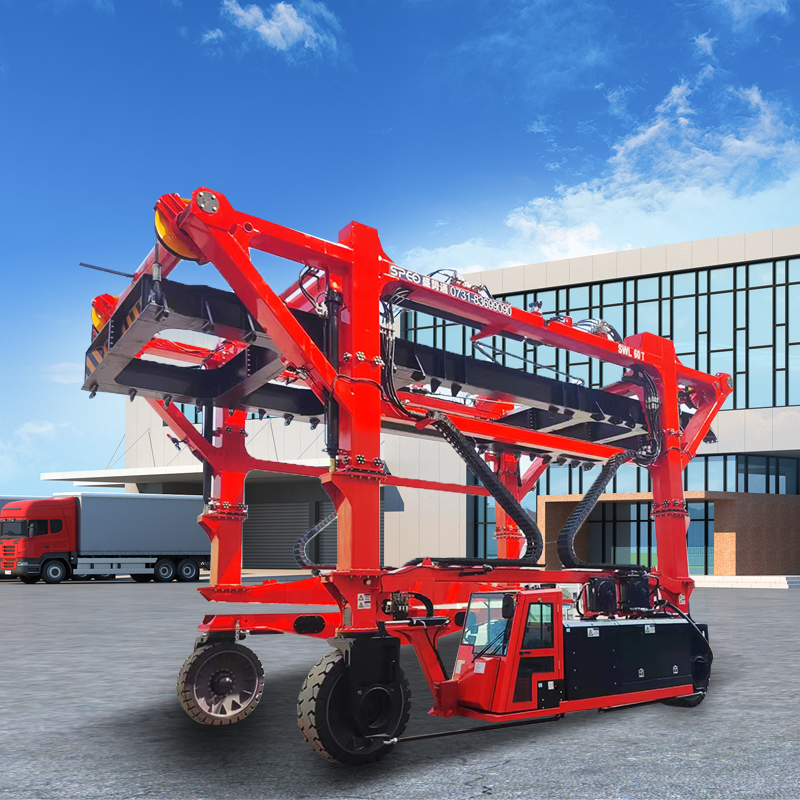- Guide to Selecting Bridge Cranes for Aircraft
-
Release Time:2025-10-21 10:32:23Share:
here's the lowdown on picking the right bridge cranes for your aircraft maintenance workshop. Here are five things to bear in mind to make sure everything works together:
Aircraft maintenance workshops have some pretty specific conditions – they have to deal with really heavy and precise parts like engines, wings and landing gear, and the maintenance processes have to meet very high safety and stability standards. If you don't choose the right bridge crane, you could end up with component damage (which could lead to losses ranging from hundreds of thousands to flight safety risks), as well as slower maintenance and higher operational costs.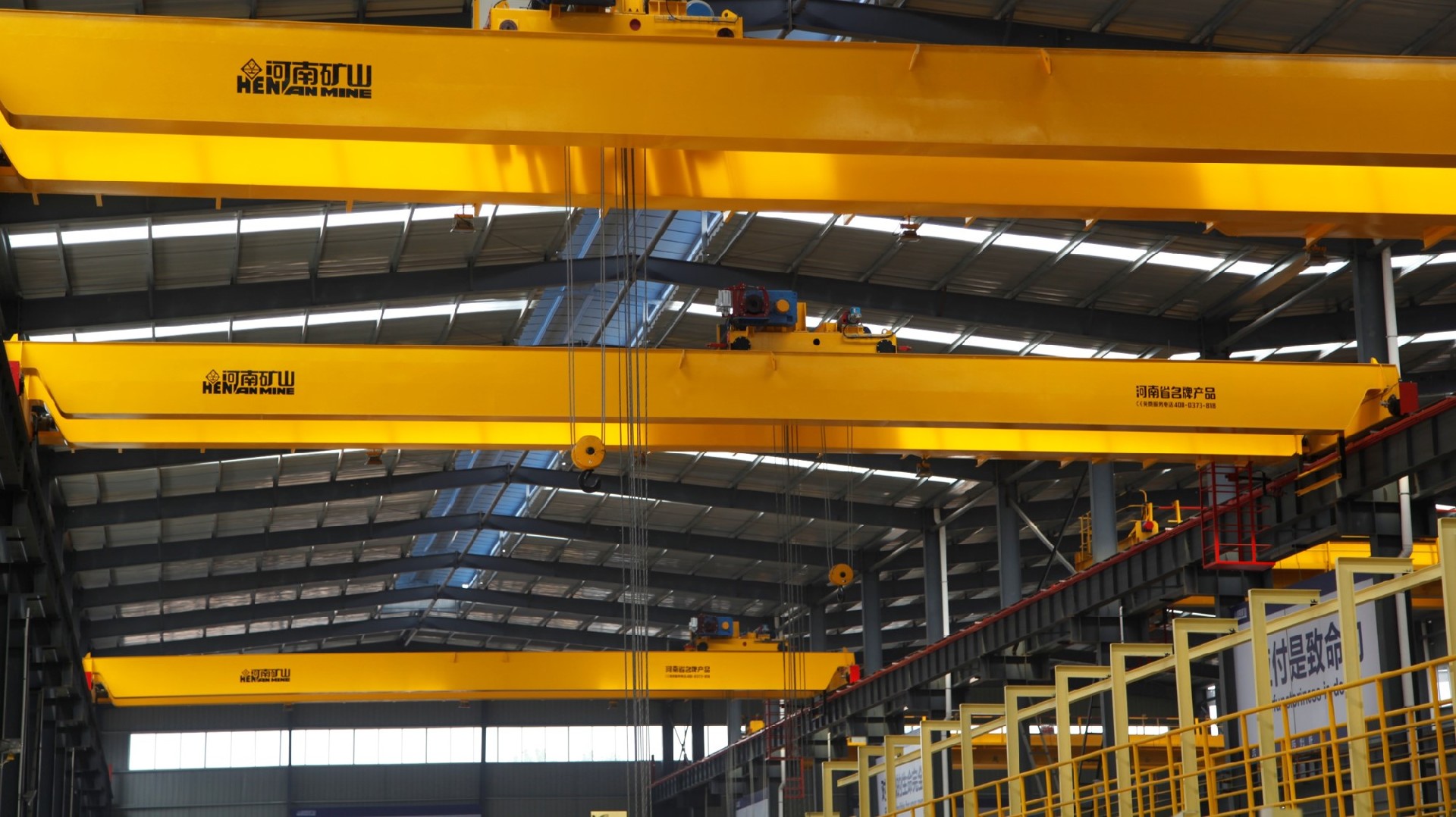
Henan Mine Crane has been in the lifting equipment game for over 20 years, and has come up with custom bridge crane solutions for aviation maintenance. These solutions are used by maintenance bases of various airlines, including Air China, China Southern Airlines, and Hainan Airlines. This article looks at five core selection principles that are tailored to aviation maintenance needs, helping you choose a "precisely matched, safe and reliable" aircraft maintenance bridge crane.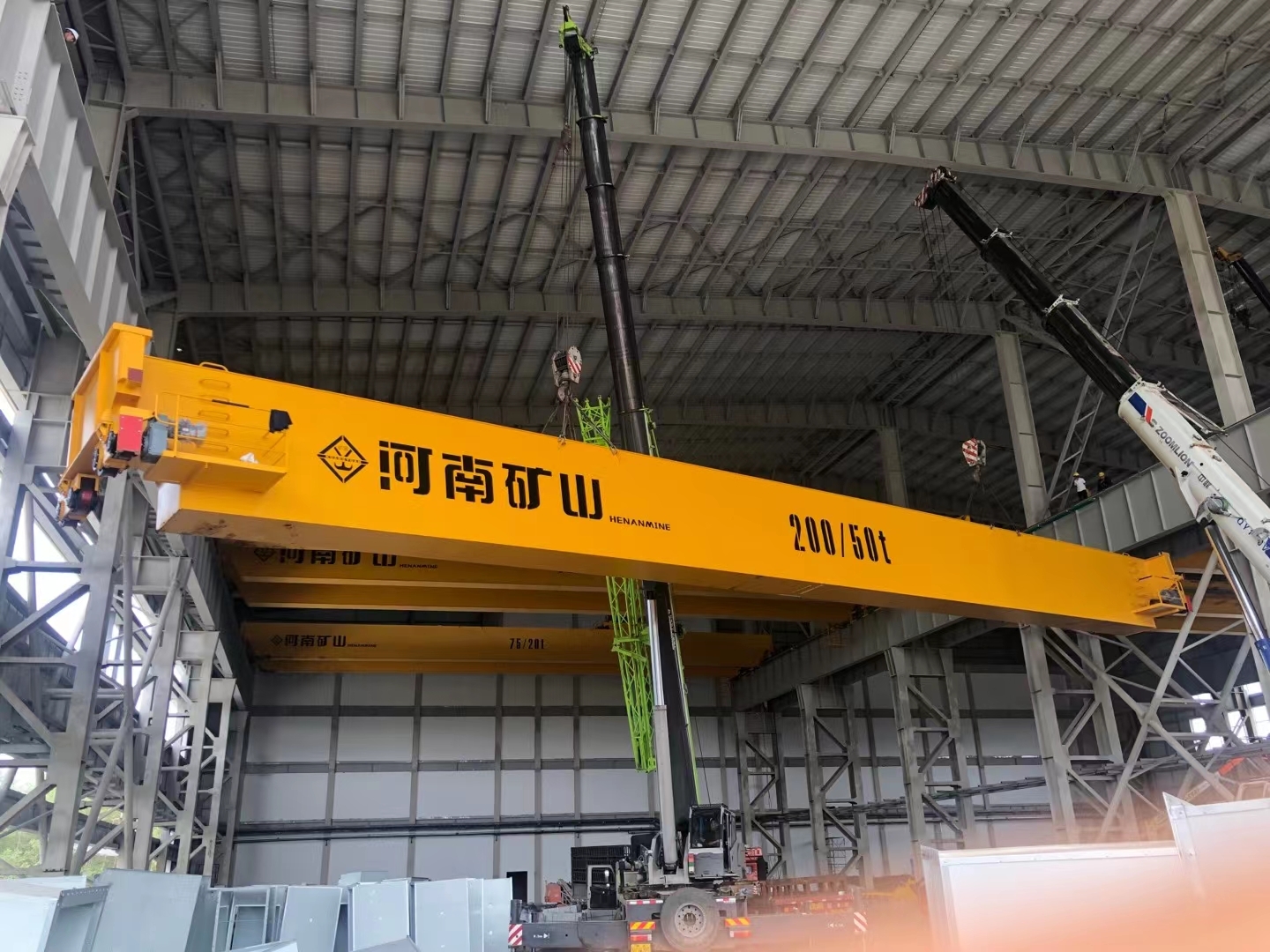
First things first: let's define the 'maximum load capacity'. Just pick the one that's got the heaviest maintenance component, plus a bit of a safety margin. Aircraft maintenance components can be really heavy. Small passenger aircraft engines can weigh around 3-5 tons, while large wide-body aircraft engines (like the Boeing 787) can reach 8-12 tons. The landing gear assemblies weigh about 5-8 tons, and lifting the whole wing requires 20-30 tons of load capacity. First, you need to know the maximum weight of components that can be worked on in the workshop. Then, add a 20%-30% safety margin to prevent equipment wear and safety risks caused by "full-load operation."
Henan Mine Crane has customised bridge cranes ranging from 2 to 50 tons to meet aviation load-bearing requirements:
For small maintenance workshops (mainly for servicing regional aircraft), we suggest lightweight 10-ton models. Their main girders use Q355B high-strength steel, which makes them light and strong, perfect for lifting small-to-medium components like engines and avionics equipment.
For big maintenance bases (like for servicing Boeing 777, Airbus A350 wide-body aircraft), we customise 30-50 ton double-girder bridge cranes. The hoisting mechanism uses a dual-motor drive paired with high-strength steel wire ropes (breaking strength up to 1200 MPa), which makes it easy to handle heavy components like wings and fuselage sections. There's a 30% safety margin to meet aviation maintenance's "zero overload" requirement.
II. Precision is key: Choose 'Variable Frequency Speed Control + Precise Positioning' to stop parts getting damaged.
Components like aircraft engines and avionics systems need to be spot on, so millimetre-level precision is vital. When you're hoisting something, even the smallest mistakes in swaying or positioning can lead to scratches on the casings or, even worse, damage to the precision parts inside (the repair costs can end up being millions). So, when it comes to picking bridge cranes for aircraft maintenance workshops, it's all about making sure they're stable and accurate.
Henan Mine Crane's bridge cranes are designed specifically for aviation maintenance, and they're built with three technological safeguards to make sure they're always precise:
Variable Frequency Drive System: The speed you can lift is adjustable from 0.1-5 m/min without any sudden changes, and the travel speed is precise from 0.2-10 m/min, which stops parts from shaking when you're starting or stopping.
Laser Positioning System: It's got laser distance sensors on the trolley mechanism, so it's pretty accurate, about ±2mm. The high-def display in the operator's cabin means that staff can keep an eye on hook position as it's being set up, making sure it's in line with the mounting holes.
Anti-Sway Mechanism: A hydraulic anti-sway device mounted above the hook limits sway amplitude to within 50mm, even during minor airflow disturbances in the workshop, ensuring precise alignment with the fuselage flange during engine hoisting.
After adopting this equipment, a Southern Airlines maintenance base cut engine installation/removal time from 4 hours to 2.5 hours, with zero component collision incidents recorded.
III. Space Adaptation: Customised dimensions based on workshop height, span and maintenance scenarios
Aircraft maintenance workshops can be really different in terms of space. Some have reserved pit access for landing gear maintenance, while others need wing hoisting over maintenance platforms. If the crane dimensions don't match, it can have a big impact on how well it works. When choosing one, there are three main things to think about:
Lifting height: You'll need to make sure that "the lowest hook position reaches the pit bottom while the highest position clears the aircraft fuselage top". This usually needs 8-15 metres (Henan Mine can go up to 20 metres if you need it).
Main Beam Span: It's customised based on workshop column spacing. If you need to do maintenance on two planes at the same time, you can get 20-30 metres of space (use a segmented main beam design to make it easier to move and install).
Hook spacing: When it comes to lifting the wings, we need cranes that can adjust the spacing of their hooks (2-8 metres) so that both wings can be lifted evenly, which prevents one wing from being stressed more than the other.
Before we start, we send our engineers out to measure the workshop dimensions on-site. We combine this with info about the aircraft model, like the Boeing 737 or the Airbus A320, including the height of the fuselage and the wingspan. Then we create 3D layout diagrams to make sure the crane and the workshop space are 100% compatible.
IV. Comprehensive Safety Coverage: It's really important to have "Multi-Layer Protection + Explosion-Proof & Anti-Static" in places where planes are kept.
There are two big safety problems in aircraft maintenance workshops. The first is that the weight of the parts can be too much when they're being lifted. The second is that there might be flammable or explosive gases from the fuel or hydraulic oil. So, bridge cranes need to have all-round safety protection systems and explosion-proof and anti-static designs.
Henan Mine Crane's aviation maintenance-specific models have 7-layer safety protection:
Overload Protection: It'll automatically cut power and trigger an alarm when the actual load goes over the rated capacity by 10%.
Limit Switch Protection: It's got limit switches at both the hoisting and travel ends to stop it going too far.
Emergency Braking: There are dual emergency stop buttons in the cab and on the ground, so you can shut it down straight away if something goes wrong.
It's also got an explosion-proof design. The motors and control cabinets have flameproof enclosures (they're explosion-proof, with an Ex d IIB T4 rating) to stop electrical sparks from igniting combustible gases.
They're also anti-static. Static electricity can be a real pain when you're lifting stuff, but using grounded hooks and wire ropes can stop that from happening. They also protect the rope from breaking. The hook's got a rope break fall arrest device to stop the hook from locking if the wire rope breaks, so you don't end up with components falling.
There's also a monitoring system. There are four cameras on the body that let you see how the hook is doing and how the parts are being lifted. The data is stored for three months so that if there's an accident, you can figure out what happened.
This safety configuration has been certified by the Civil Aviation Administration of China (CAAC) for use in high-risk environments in aircraft maintenance workshops.
Fast Response + Spare Parts Assurance
When planes are out of action in maintenance workshops, it can cost airlines hundreds of thousands of yuan every day. For example, a single day of grounded passenger aircraft costs them about 50,000–100,000 yuan. So, it's also really important to think about how quickly they can respond after you've bought the crane, and whether they can supply spare parts.
Henan Mine Crane offers aviation customers "3-Tier Service Assurance", which basically means we'll respond to you 24/7. You've got to get a solution to a fault call within an hour and send an engineer to the site within four hours (122 service centres worldwide cover this).
Spare Parts Stockpiling: The main parts, like engines, frequency converters and steel cables, are all kept in aviation maintenance hubs (in Beijing, Shanghai, Guangzhou and Shenzhen) so they can be sent out straight away. You can get them anywhere in the world within 72 hours.
Just so you know, we do regular maintenance on: We do full on-site inspections every three months, plus annual deep maintenance and operator training to make sure everything runs smoothly for the long term.
Pick the right crane for safer, more efficient aircraft maintenance
Bridge cranes in aircraft maintenance workshops aren't just some "general-purpose equipment". They're actually core tools that need to be "precision customised". When it comes to load capacity, precision, safety and spatial adaptation, every aspect has to meet the unique demands of aviation maintenance.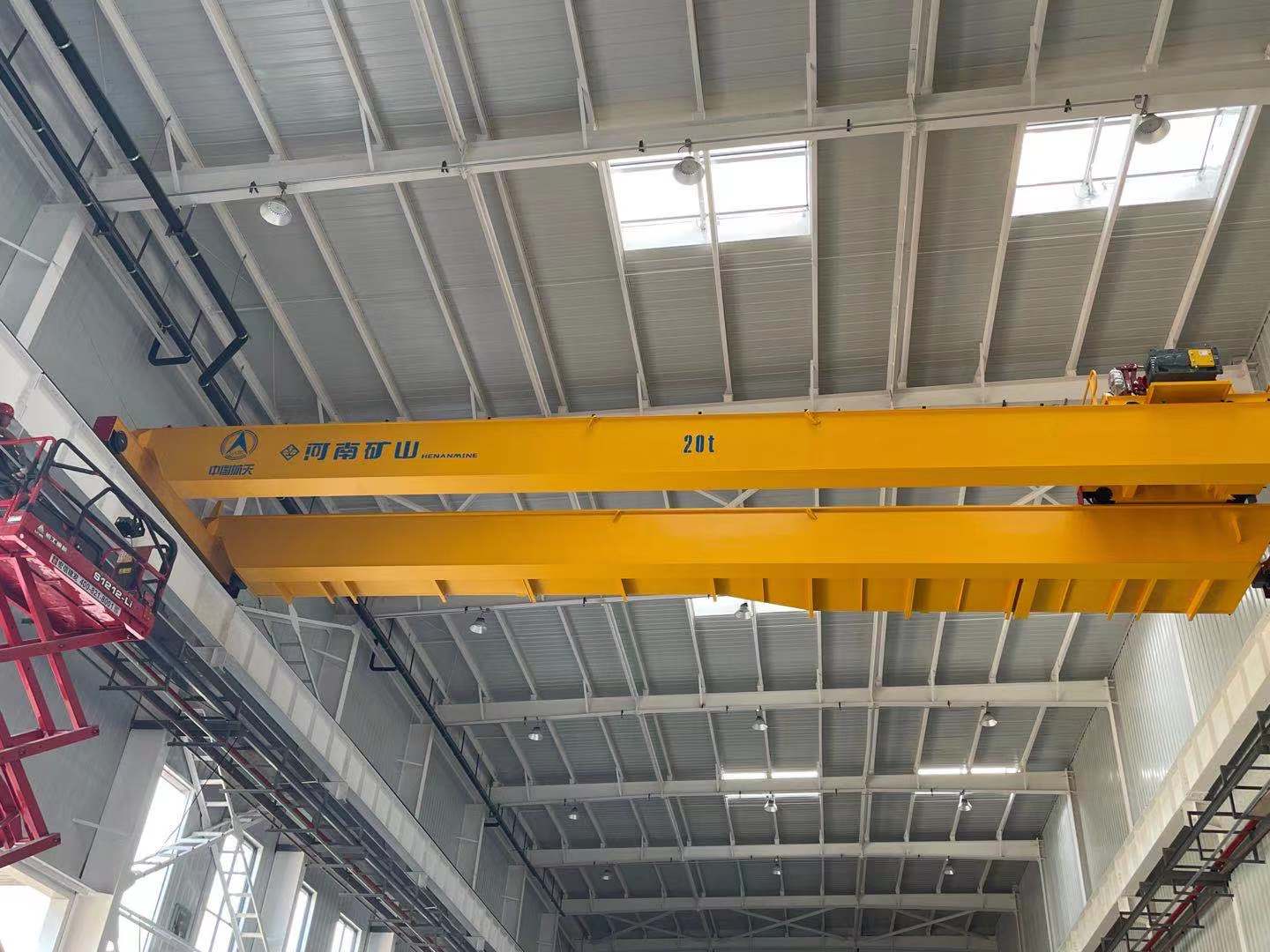
Henan Mine Crane has been R&D-ing cranes for over 20 years and has a lot of experience in the aviation industry. They offer a full service that includes surveying the site, designing the solution, manufacturing the crane, installing it and commissioning it, and after-sales maintenance. If your aircraft maintenance facility is having trouble choosing a crane, get in touch with us today. Our professional team will create a custom solution to make sure your aviation maintenance operations are safe and efficient.
